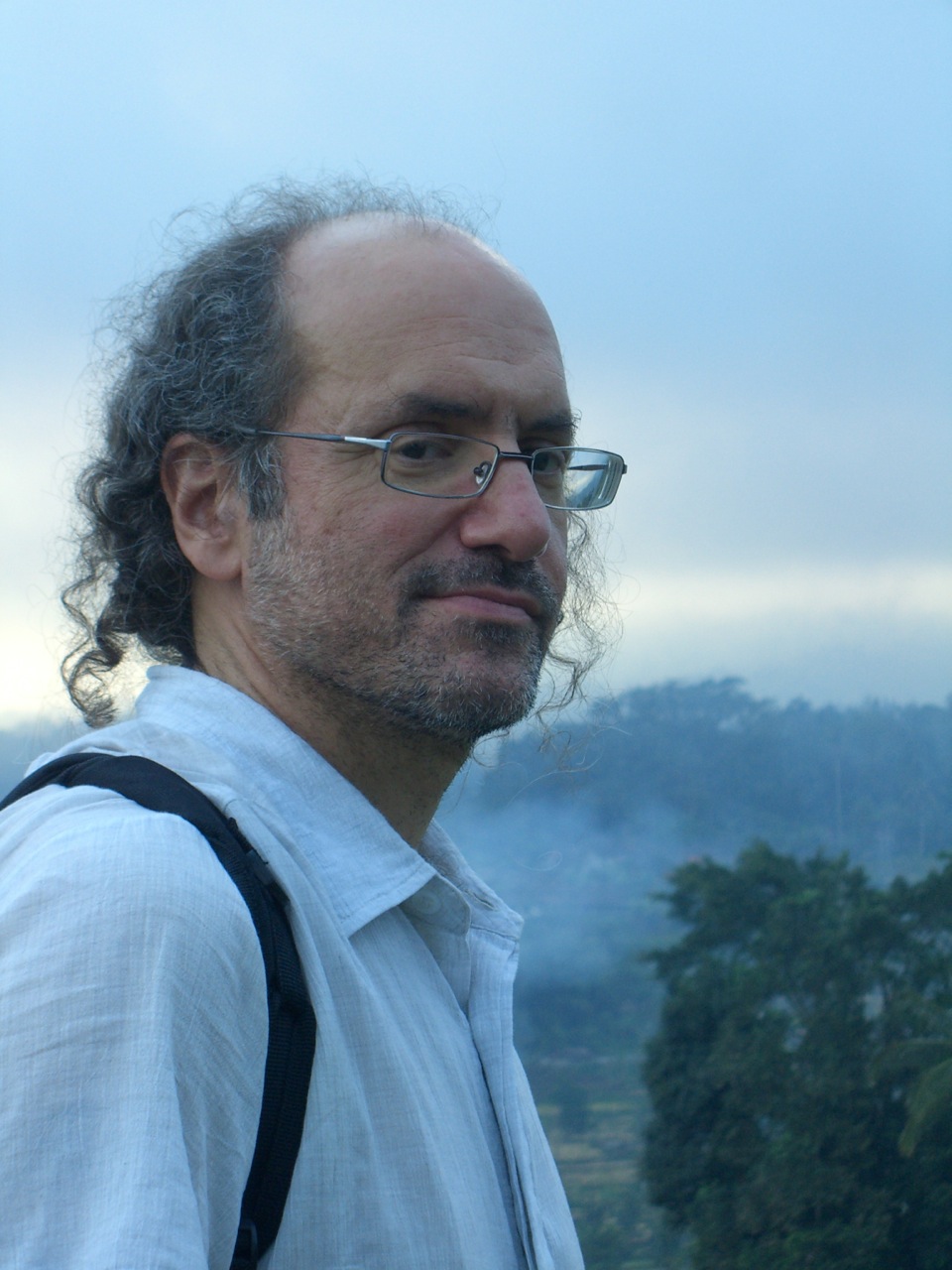Paul Smolensky
ProfessorPaul Smolensky is Krieger-Eisenhower Professor of Cognitive Science at Johns Hopkins University, where he is director of the NSF IGERT Program, Unifying the Science of Language. His research addresses unification of the continuous and the discrete facets of cognition: principally, the development of grammatical formalisms that are grounded in cognitive and neural computation. His publications include the books Mathematical perspectives on neural networks (with M. Mozer, D. Rumelhart), Optimality Theory: Constraint interaction in generative grammar (with A. Prince), Learnability in Optimality Theory(with B. Tesar), and The harmonic mind: From neural computation to optimality-theoretic grammar (with G. Legendre). He co-taught LSA Summer Linguistic Institute courses on “Connectionism and Harmony Theory in Linguistics” (1991, with A. Prince: the first presentation of Optimality Theory) and “Explaining Phonological Universals” (2005, with J. Pierrehumbert). He was awarded the 2005 David E. Rumelhart Prize for Outstanding Contributions to the Formal Analysis of Human Cognition.
